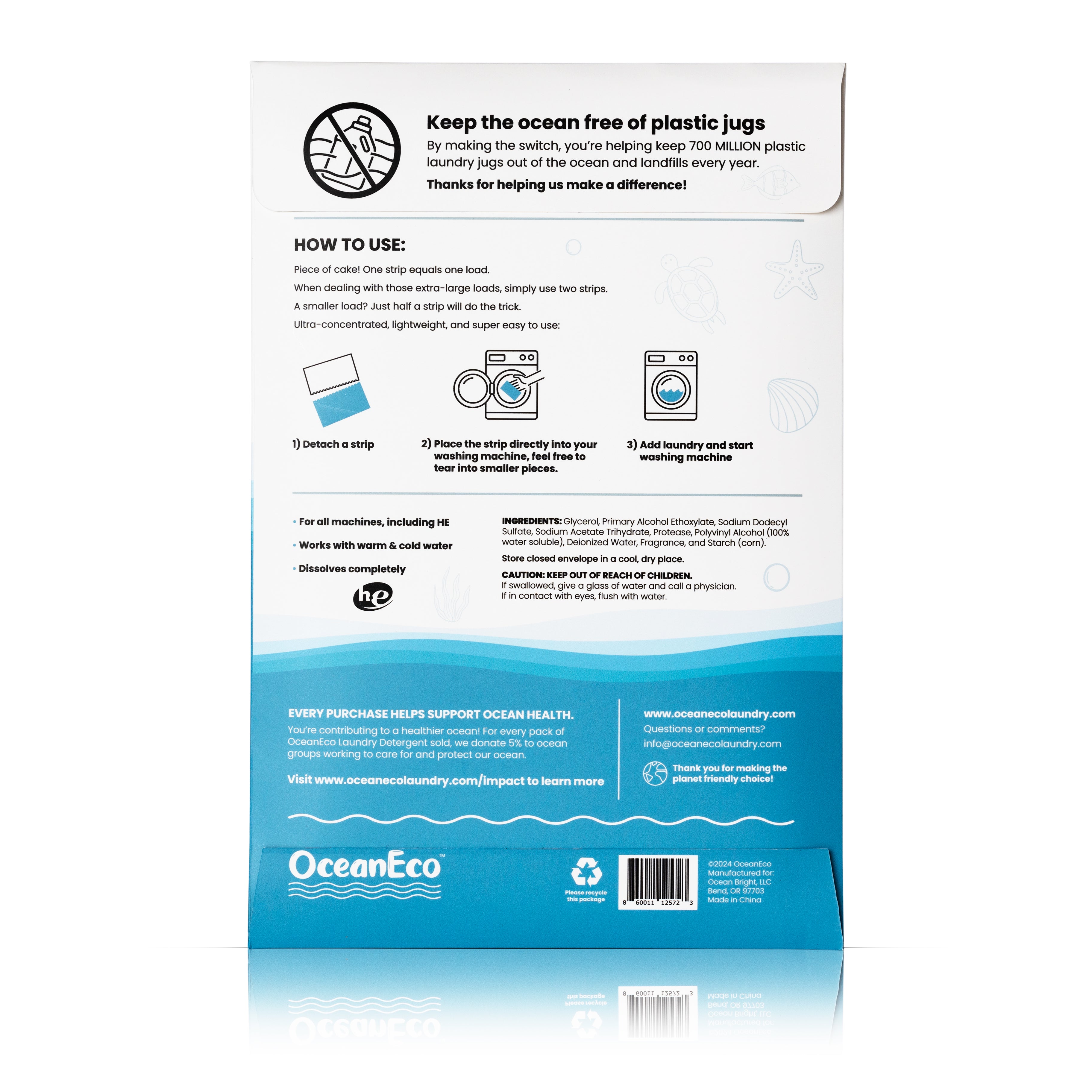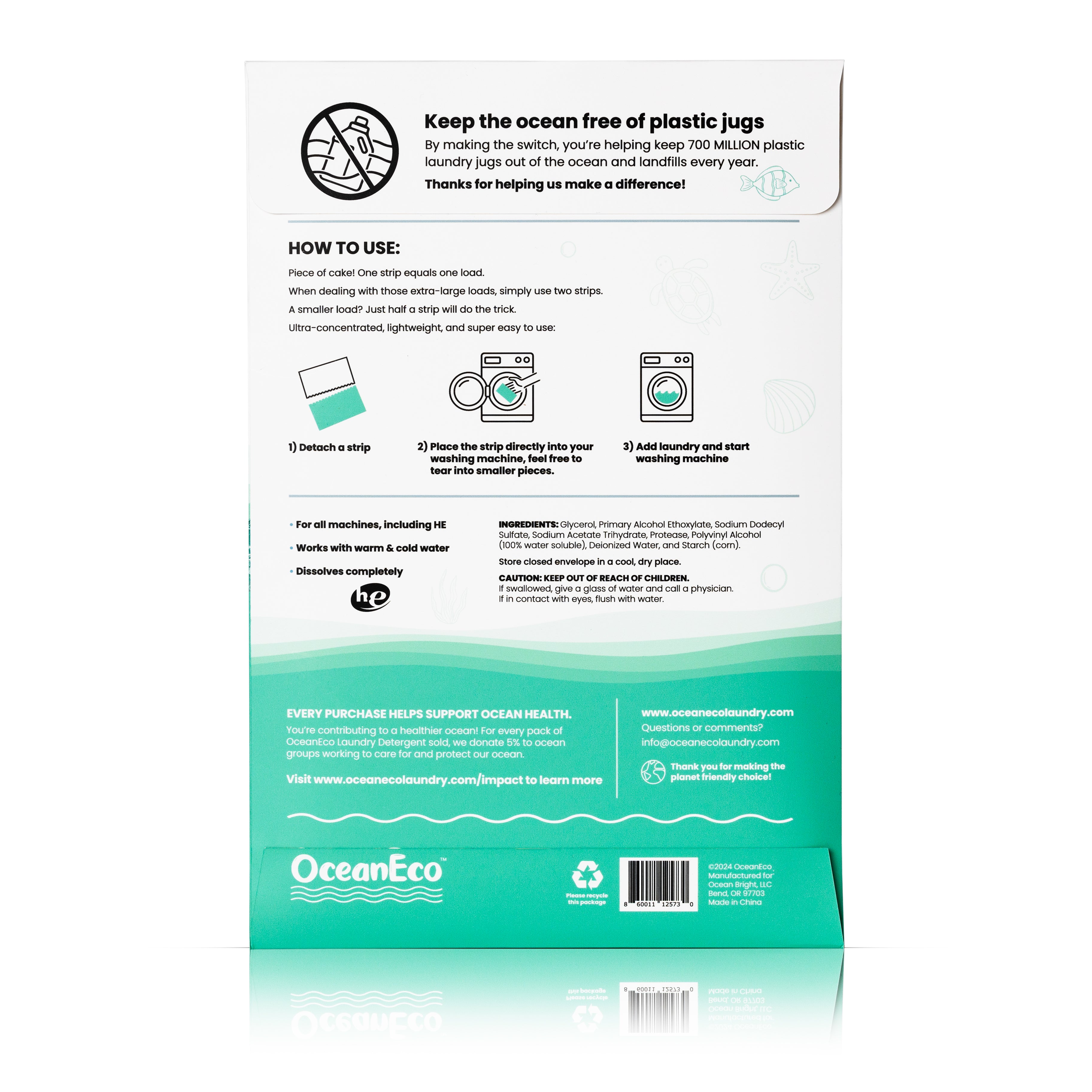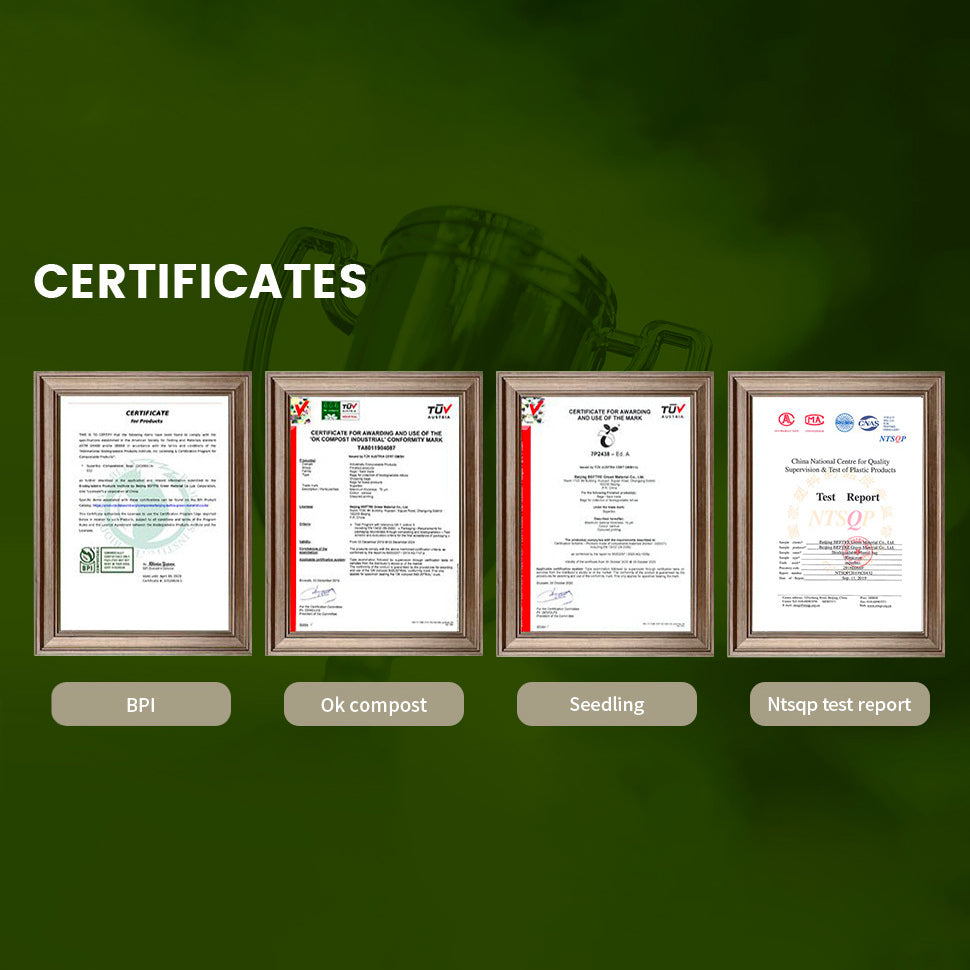Little Loggerhead Turtles Use Earth's Magnetic Field To Uncover Hidden Maps
Sea turtles travel across vast oceans without obvious road signs, and arrive at the same spots year after year. Marine biologists long suspected a link between these epic journeys and Earth’s magnetic field. Now, new evidence points to an even deeper level of sophistication.
Captive loggerhead hatchlings do a distinctive “dance” inside lab tanks when they recognize a magnetic signature linked to food. This lively behavior demonstrates that turtles store magnetic coordinates in memory and treat them like location markers.

Photo: Pexels
Baby loggerhead turtles dance in response to magnetic cues tied to food.
Scientists at the University of North Carolina at Chapel Hill unveiled these findings in a recent paper in *Nature*. Their work centers on young loggerheads that spend months in controlled magnetic fields. When they detect the field associated with meal deliveries, they tilt upward, flap their front flippers, spin, and open their mouths. Researchers call this display a “turtle dance.”
These reptiles travel thousands of miles in open water, ScienceAlert notes, yet they regularly return to the same feeding and nesting spots. In earlier studies, many experts treated Earth’s magnetism as a simple compass for turtles. This new work suggests they also build a map sense, which depends on memory of specific magnetic markers.

Photo: Pexels
This odd behavior helps researchers see how turtles memorize magnetic fields.
Small Reptiles, Big Moves
Kayla Goforth, now at Texas A&M, spearheaded the experiments as a doctoral student at UNC-Chapel Hill. She tested juvenile loggerheads in a lab equipped with coil systems. These coils simulated magnetic fields from different regions, such as the Gulf of Mexico or areas near New England. Researchers rewarded turtles with snacks in one field and withheld food in another. The hatchlings started to associate one signature with mealtime. They did their exuberant routine whenever that signature reappeared.
That routine persisted for months without extra training, according to Smithsonian Magazine. The small reptiles remembered the coordinates even after a long interval. Scientists concluded that Earth’s magnetic field, which varies in intensity and inclination across different latitudes, acts as a silent beacon for loggerheads. They can merge inclination and intensity values to identify precise points on a vast marine map.

Photo: Pexels
The ability to recognize specific fields improves turtles’ survival odds.
A Compass and a Map in One Shell
The research revealed that loggerheads rely on two distinct systems. One system behaves like a compass. It tells turtles which direction to follow when they encounter a magnetic field. The other system functions like a map, which helps them recall unique points that matter for survival. Radiofrequency interference scrambled the compass mechanism but left the map sense untouched, CNN reports.
Scientists had previously proposed that some creatures detect magnetic cues through chemical reactions in the body. The radiofrequency test supports the idea that loggerheads handle map details through a separate physiological process.
Ken and Catherine Lohmann, professors at UNC-Chapel Hill, note that sea turtles demonstrate an ability to lock specific magnetic clues into memory, a capacity that may span decades. Experts suspect the same ability helps juveniles locate nutrient-rich waters and eventually guides adults to their original nesting beaches. This dual system, as ZME Science reports, appears in birds and amphibians as well. The next frontier involves pinpointing the sensory receptors behind these talents.

Photo: Pexels
Turtles rely on two distinct magnetic senses: a map and a compass.
Conservation Concerns
Scientists warn that radiofrequency interference in busy coastal zones might confuse sea turtles that rely on their compass sense. Nesting beaches often overlap with tourist hotspots, where boaters, cell towers, and electronic devices create extra signals in the environment. Researchers urge caution in areas where hatchlings or adults cluster, UNC-Chapel Hill reports. Steps that reduce electromagnetic noise near prime nesting grounds might allow sea turtles to navigate unhindered.
Experts also believe that practical knowledge of magnetic navigation could guide conservation strategies. Authorities often relocate nests to safer sites. Careful coordination of relocations, with minimal disruption of local magnetic cues, may preserve the turtles’ best chance for accurate homing later in life. This approach could improve survival for a species already threatened by pollution, poaching, and commercial fishing.

Photo: Pexels
Turtle “dances” involve flipper flaps and head bobs.
As baby sea turtles twirl around their tanks when they notice the unique magnetic coordinates that predict a meal, this odd dance does far more than amuse researchers. It adds crucial details to our understanding of marine navigation.
Loggerhead turtles use Earth’s magnetism to build a personal atlas of essential spots. They also rely on a distinct compass sense to stay oriented during epic journeys.
The next time you picture a tiny turtle wiggling in a lab tank, remember that this small creature holds a vast mental map of the oceans.





























































































































































































































































































































































